
That’s No Weed! 10 Valuable Medicinal & Edible Plants In Your Yard
By Steph, Web Ecoist, 29 September 2014.
By Steph, Web Ecoist, 29 September 2014.
The cure for your cough, poison ivy rash, muscle spasms or hormonal imbalance could be growing right in your backyard at this very moment. These 10 ‘weeds’ are actually potent medicinal and/or edible plants that just happen to make themselves readily available for the picking. Eat them in salads, make them into tea or rub them right onto the skin when appropriate. Just be sure to use a good plant guide to identify them (don’t go on this article alone!) and consult your doctor before using them for medicinal purposes.
1. Plantago
Image via: Harry Rose Flickr Creative Commons
Found all over the world, plantago major - known as ‘plantain’ - is a perennial herb that’s both edible and medicinal, with leaves rich in vitamins A, C, K, B1 and riboflavin. The active chemical condiments in the leaves include an anti-microbial agent called aucubin, mucilage to reduce pain and discomfort, and allantoin, which stimulates cellular growth and tissue regeneration. You can also make a tea of the leaves to soothe diarrhoea. It’s been used as a poultice for wounds for millennia, and the root is sometimes used to treat fever and respiratory infections. Chances are, this plant is either growing right in your yard, or in a field or sidewalk crack in your neighbourhood.
2. Dandelion
Image via: Leo-seta Flickr Creative Commons
The scourge of gardeners everywhere, dandelion is most often considered an extremely persistent weed. But we shouldn’t be dousing this flowering plant with herbicides or tossing it into the compost - it’s got a lot of value! Not only is it packed with protein, calcium, iron and vitamins A and C, it’s also good for digestion and highly helpful to liver function. The tender leaves can be tossed in salad, the blossoms used to make wine, the roots added to soup.
3. Chickweed
Image via: Paige Filler Flickr Creative Commons
With a flavour that’s been compared to spinach, chickweed is a widely-available wild plant that offers nutritional benefits as well as medicinal. Simply add it to salads or other fresh meals, or steep 2 tablespoons of the fresh leaves in a cup of water for ten minutes to relieve constipation, coughs, hoarseness and kidney complaints. This mix can also be used externally for wounds, ulcers and joint pain.
4. Stinging Nettle
Image via: PermaCultured Flickr Creative Commons
You’ll definitely know if you accidentally brush against this plant in the wild with your bare skin, as the leaves are covered in thousands of tiny stinging hairs. But don’t let that scare you away. Stinging Nettle, which thrives along shady trails and riversides, has edible leaves, stems and roots, and contains more protein than beans and 29 times more calcium than spinach. Cooking and drying neutralizes the sting. Steep the tender young leaves in hot water for an iron-rich tea, or use them like an herb in all sorts of dishes.
5. Yarrow
Image via: Andrea Pokrzywinski Flickr Creative Commons
Once known as Soldier’s Wound Wort, yarrow is still made into an ointment for wounds in Scotland to this day. Others around the world have learned of its benefits, chewing the leaves to relieve toothaches, making tea of it for colds and using it in a poultice for haemorrhoids. Learn more about how to use it at Wellness Mama.
6. Purslane
Image via: Wendell Smith Flickr Creative Commons
Purslane leaves contain more omega 3 fatty acids than any other plant known to man, and it’s also full of vitamins A, B, C and E as well as beta carotene, magnesium, calcium, potassium, folate, lithium, protein and iron. Toss the fresh leaves into salads - but be sure that you’re not mistaking it for spurge, a toxic lookalike seen above on the left, next to the real thing.
7. Jewelweed
Image via: Paul Lucas Flickr Creative Commons
Wherever poison ivy grows, jewelweed is likely to be found as well - and that’s a good thing for anyone who has the misfortune of brushing against the former. Identifiable by its distinctive little orange flowers, jewelweed is like an instant remedy, soothing and healing the skin. It’s also used for bruises, burns, cuts, eczema, insect bites, sores and more. Just slice open the stem and rub the inside on the affected area.
8. Red Clover
Image via: Otota DANA Flickr Creative Commons
Eat the sweet-and-salty flowers and leaves of the red clover plant fresh, toss them into soups, make them into tea or use them as a poultice for skin ailments like eczema. It’s used as a treatment for coughs, bronchitis, exhaustion, hormonal imbalances, anxiety and spasms. Get more info from this guide to wild edible and medicinal plants.
9. Mullein
Image via: Bob Flickr Creative Commons
Mullein is hard to miss - it can grow up to eight feet tall, and the leaves are incredibly fuzzy. You’ll find it in vacant lots, fields, unkempt yards and on the side of the highway (but never wildcraft plants that are too close to roads, as they’re probably polluted.) Infused in oil, it’s a top natural remedy for ear infections, and the leaves are helpful as an expectorant to treat congestion and dry coughs.
10. Peppergrass
Image via: Annie Roonie Flickr Creative Commons
Also called poor man’s pepper or Virginia pepperweed, this annual plant in the mustard family has a spicy flavour, making it a flavourful addition to salads, pasta, soups and other dishes. The entire plant is edible and it’s rich in protein iron, vitamin A and vitamin C.


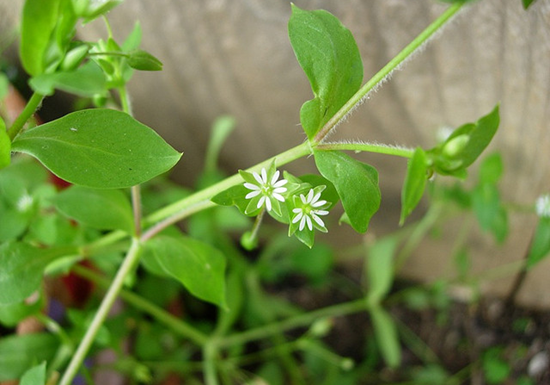

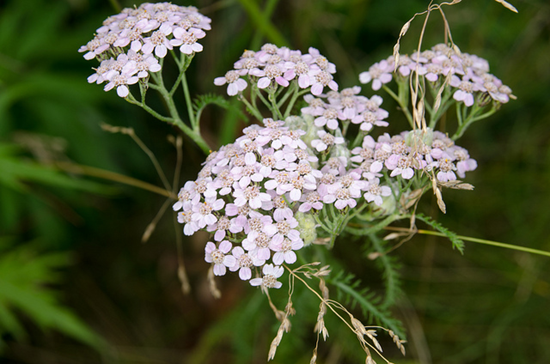

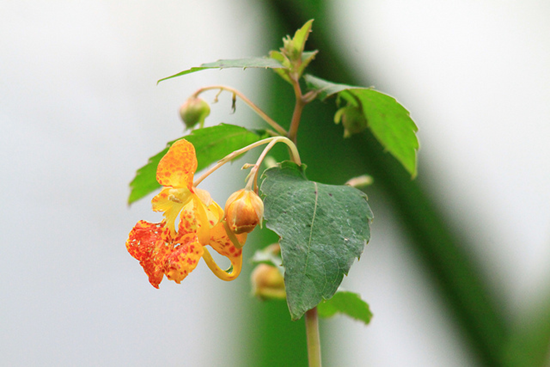
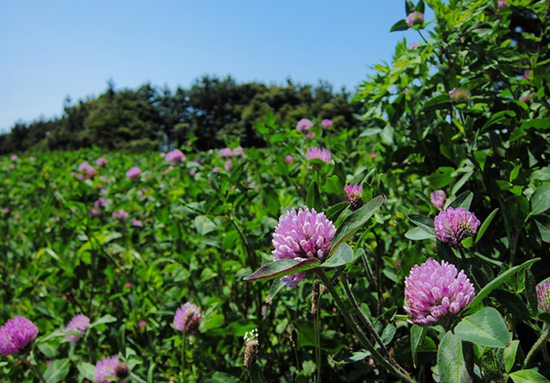

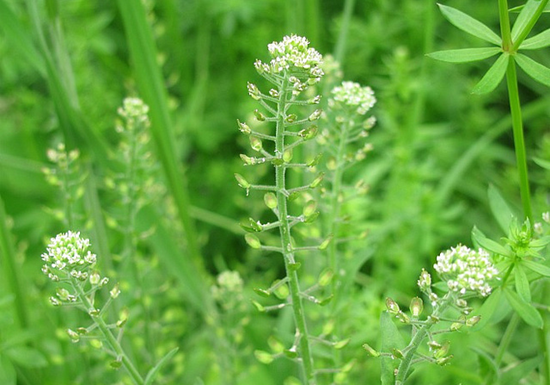
No comments:
Post a Comment
Please adhere to proper blog etiquette when posting your comments. This blog owner will exercise his absolution discretion in allowing or rejecting any comments that are deemed seditious, defamatory, libelous, racist, vulgar, insulting, and other remarks that exhibit similar characteristics. If you insist on using anonymous comments, please write your name or other IDs at the end of your message.